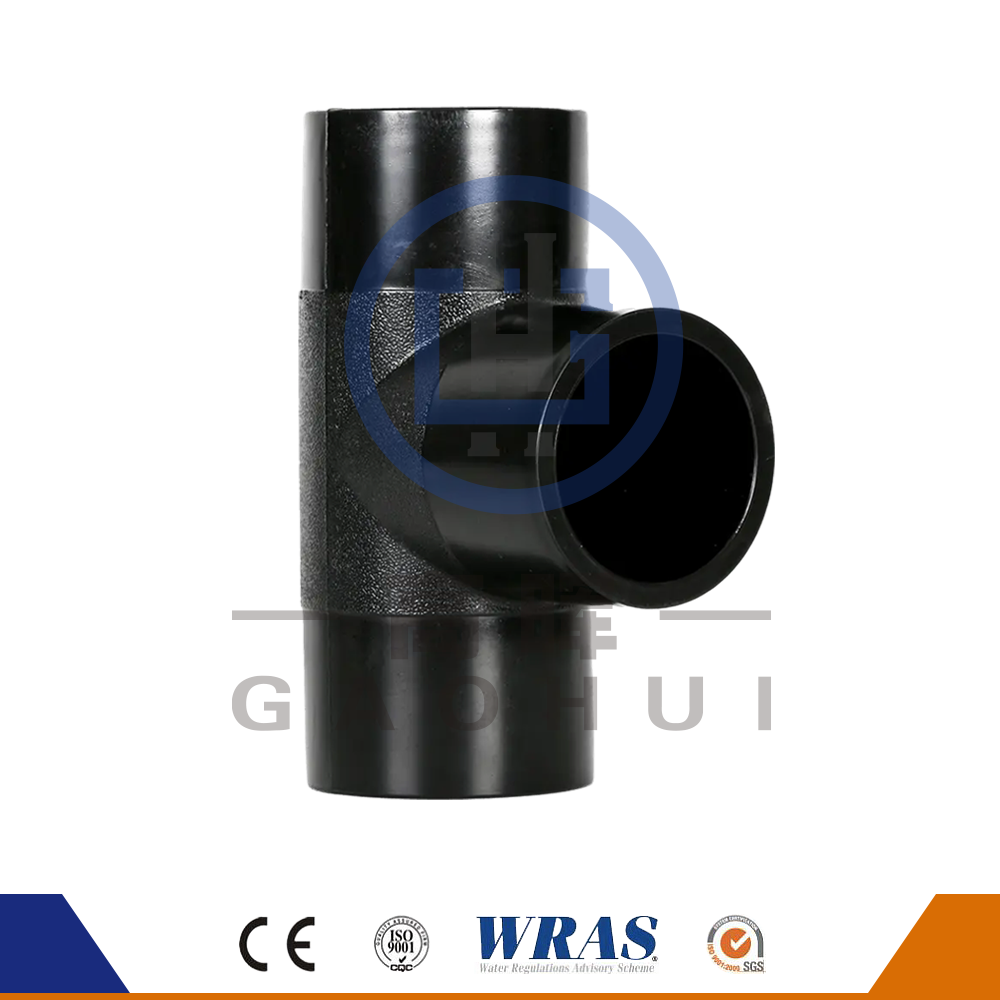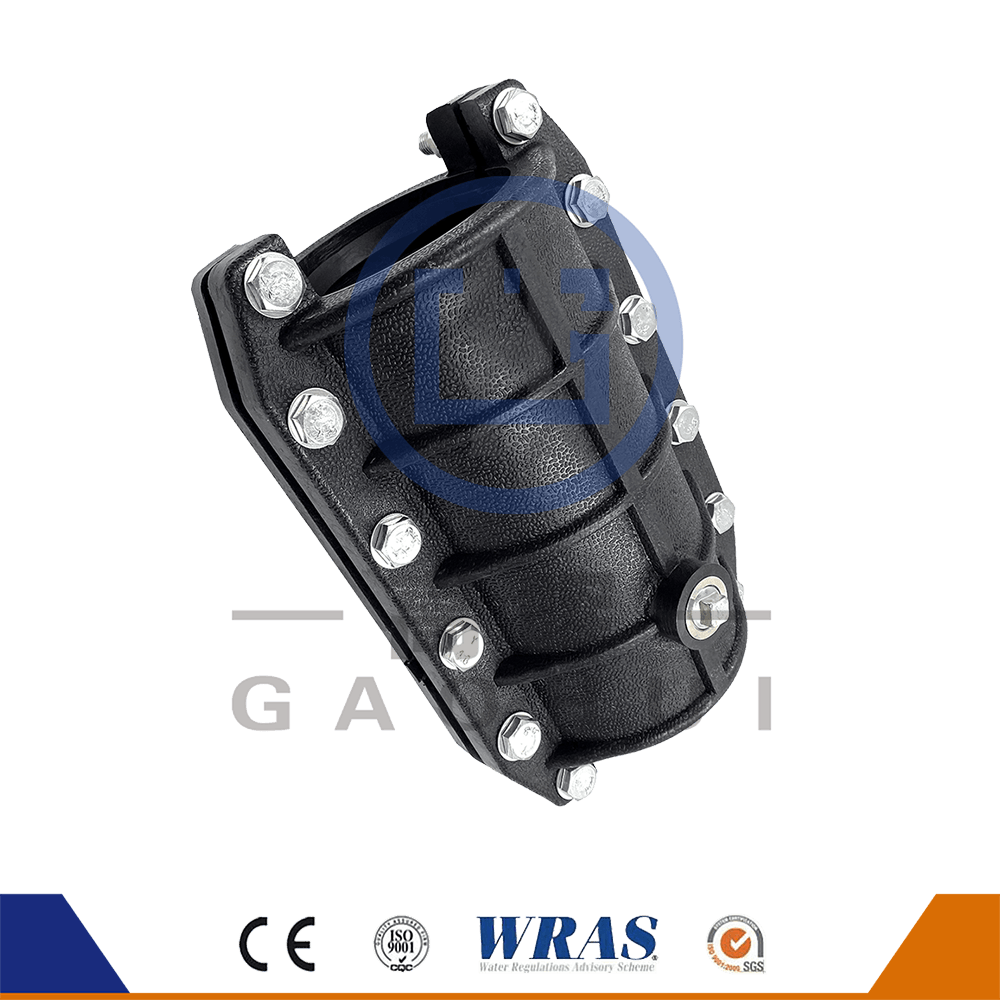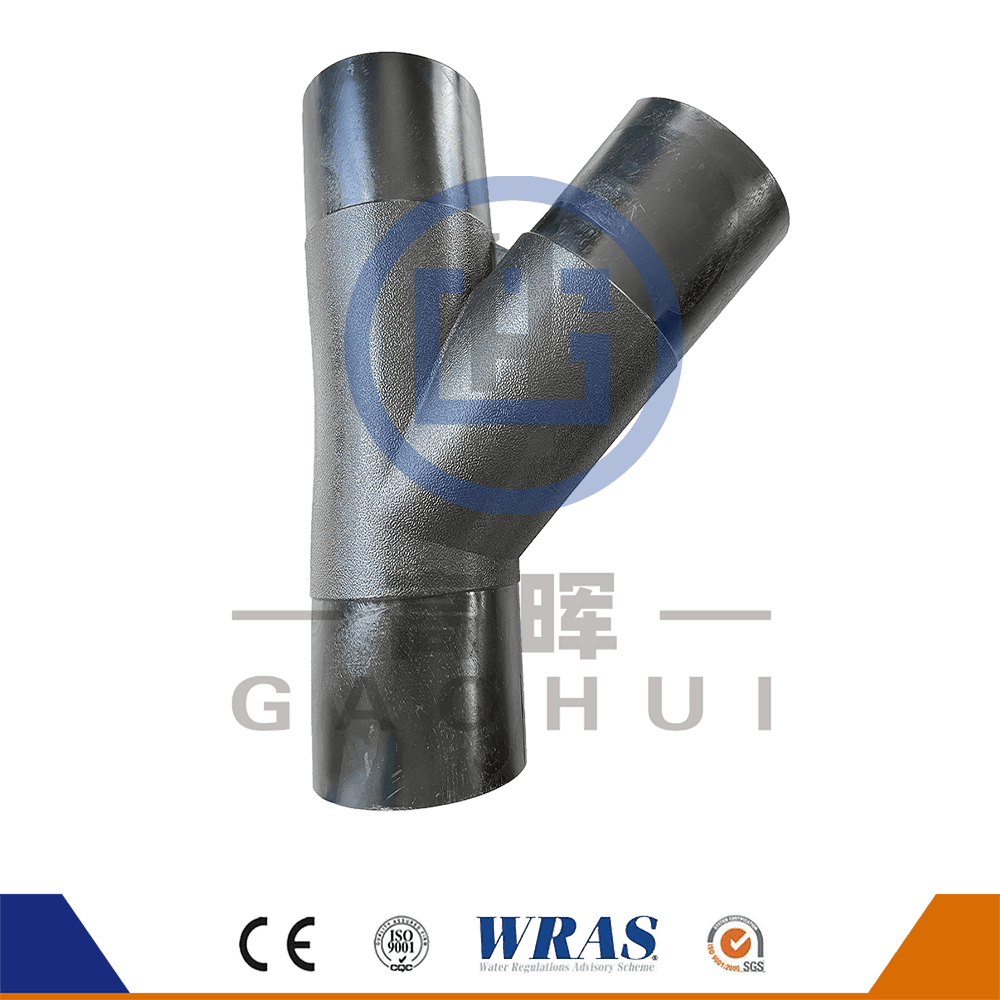Content
In the world of modern construction, the demand for reliable, cost-effective, and efficient infrastructure solutions has never been higher. Whether it’s for water distribution, sewage systems, or gas pipelines, construction projects require robust materials that can withstand the test of time while also offering fast and efficient installation methods. Enter HDPE fusion pipe systems — a game-changing technology that is rapidly transforming how pipelines are installed and maintained in construction projects.
HDPE Fusion Pipe Systems involve the use of high-density polyethylene (HDPE) pipes that are joined together using a fusion welding process, creating a seamless, leak-free connection. This technology is gaining significant traction in construction, especially for underground utilities and infrastructure projects.
What Are HDPE Fusion Pipe Systems?
HDPE (High-Density Polyethylene) is a thermoplastic polymer known for its strength, flexibility, and resistance to corrosion, making it an ideal material for pipeline construction. HDPE pipes are often used in applications like water distribution, sewer systems, gas pipelines, and industrial applications.
The fusion process involves the use of specialized equipment to heat and melt the ends of two HDPE pipe segments, allowing them to be fused together at a molecular level. This creates a joint that is as strong as the pipe itself, with no risk of leakage or weakness at the connection point. The fusion process can be performed using various methods, including butt fusion, electrofusion, and socket fusion, depending on the project’s specific requirements.
Faster Installation Times
One of the key advantages of HDPE fusion pipe systems is the significant reduction in installation time compared to traditional pipe systems. Traditional materials like concrete, steel, or PVC often require additional fittings, couplings, or threaded connections, all of which increase the complexity of installation and the time it takes to complete a project.
With HDPE fusion pipes, the fusion process creates a continuous, leak-free pipe without the need for additional fittings or seals. The joints formed through fusion welding are as strong as the pipe itself, reducing the need for frequent maintenance or repairs. Additionally, HDPE fusion pipe systems are lightweight, making them easier to handle, transport, and install, further reducing labor time and overall project timelines.
In fact, some construction projects have reported installation times being reduced by as much as 40% when using HDPE fusion pipes compared to traditional piping materials. This faster installation can be particularly advantageous in projects with tight deadlines or when working in locations with limited access or difficult terrain.
Reduced Labor Costs
Along with faster installation comes reduced labor costs. The process of fusing HDPE pipes is relatively simple and requires fewer specialized skills compared to installing traditional materials that may require complex welding or threading.
In addition, HDPE pipes are lighter and easier to transport, which means less manpower is needed for handling and laying the pipes. The ease of installation also means fewer hours are spent on-site, leading to reduced overall labor costs. This makes HDPE fusion pipe systems a cost-effective solution, especially for large-scale infrastructure projects that require extensive pipelines.
By streamlining the installation process and reducing the need for multiple workers or equipment, contractors can reduce costs associated with labor, equipment, and time.
Durability and Long-Term Reliability
The strength and durability of HDPE fusion pipe systems are major factors contributing to the efficiency and cost-effectiveness of construction projects. When pipes are joined using the fusion process, the connection is seamless and creates a joint that is more robust and reliable than mechanical or threaded connections.
- Corrosion Resistance: HDPE is highly resistant to corrosion, which means HDPE fusion pipes can last longer than metal or concrete alternatives. This is particularly important for underground or buried pipelines that may be exposed to moisture, chemicals, or environmental factors that would degrade other materials over time.
- Leak-Free Performance: Because HDPE fusion pipes are welded together at the molecular level, they create a continuous, leak-free pipeline. This is especially crucial for water, gas, and sewage systems, where leaks can result in environmental damage, costly repairs, or loss of valuable resources.
- Impact Resistance: HDPE pipes are flexible and can absorb shock from external forces, such as ground shifts, pressure changes, or accidental impacts. This makes HDPE fusion pipe systems ideal for areas prone to seismic activity or where the terrain is unstable.
The long lifespan and minimal need for maintenance reduce the total cost of ownership over time, making HDPE fusion pipes a smart investment for construction projects that require reliable and durable pipeline systems.
Lower Maintenance Costs
HDPE fusion pipe systems have low maintenance requirements due to their resistance to corrosion, cracking, and chemical degradation. Unlike traditional materials such as concrete or steel, which can require frequent maintenance or repairs due to rust, erosion, or mechanical failure, HDPE pipes are designed to perform well over long periods with minimal upkeep.
The seamless, fused joints further minimize the likelihood of leaks or failures, which means fewer repairs and less frequent intervention. This reduces the need for costly maintenance crews and equipment over the life of the pipeline, freeing up resources for other aspects of the construction project.
Additionally, because the joints are welded rather than glued or screwed, there is less chance of accidental disconnections or faulty seals, which can lead to costly delays and repairs down the line.
Improved Safety Standards
HDPE fusion pipe systems also enhance safety on construction sites. Traditional piping materials often require heavy machinery and complex procedures to handle, install, or weld pipes. In contrast, HDPE fusion pipes are lightweight and easier to manipulate, reducing the risk of accidents caused by lifting heavy loads or operating complicated machinery.
Furthermore, the fusion process is a cleaner and safer operation than traditional welding methods, which can involve high temperatures, open flames, or the use of hazardous chemicals. The fusion welding method used for HDPE pipes is non-toxic, produces no emissions, and doesn’t require the use of solvents or adhesives, making it a safer and more environmentally friendly option for construction projects.
By reducing the complexity and safety risks associated with installing other types of pipes, HDPE fusion pipe systems improve overall site safety for workers and reduce the likelihood of accidents or injuries.
Sustainability and Environmental Benefits
In an era where sustainability is a growing concern, HDPE fusion pipe systems offer significant environmental advantages. HDPE is a 100% recyclable material, which reduces waste and the environmental footprint of construction projects. Furthermore, HDPE pipes are lightweight and require less energy to manufacture and transport than other materials like steel or concrete, reducing overall carbon emissions associated with pipeline construction.
- Reduced Waste: HDPE fusion pipe systems minimize waste during installation, as the fusion process eliminates the need for additional fittings, joints, and seals, all of which contribute to material waste in traditional systems.
- Water Conservation: With their leak-free design, HDPE fusion pipes help prevent water loss in municipal water distribution systems, contributing to water conservation efforts in areas where water scarcity is an issue.
By choosing HDPE fusion pipe systems, construction projects can not only benefit from enhanced efficiency and performance but also contribute to more sustainable and environmentally friendly practices.
Adaptability to Trenchless Technology
Another important benefit of HDPE fusion pipe systems is their compatibility with trenchless technology, which has become an increasingly popular method for installing pipes without the need for extensive excavation. Trenchless methods, such as horizontal directional drilling (HDD), allow pipes to be installed underground with minimal disruption to the surrounding environment and infrastructure.
HDPE fusion pipes are flexible and can easily be pulled through existing trenches or boreholes, reducing the amount of digging, disruption, and environmental impact associated with traditional pipeline installation. This is particularly beneficial in urban environments or areas with sensitive ecosystems where minimizing disturbance is a priority.


 English
English русский
русский عربى
عربى











